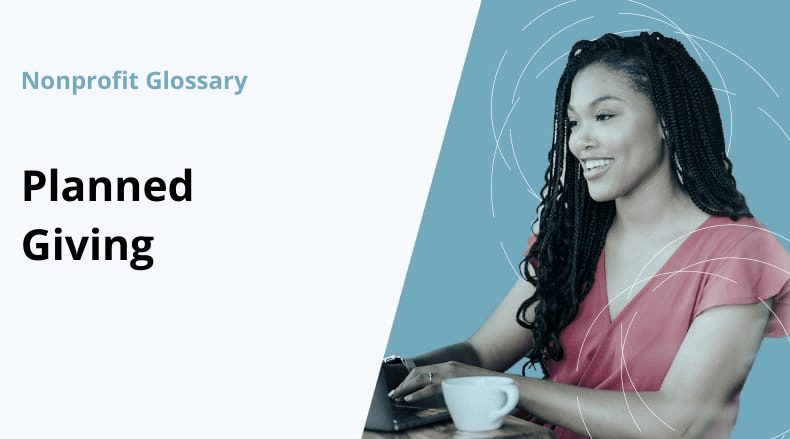Planned Giving

A planned or legacy gift is a donation that is designated for an organization at a future date, often at the time of death through a will. This gift is made through a formal financial or estate plan.
What is planned giving?
Planned giving is the process in which a donor or potential donor creates a financial or estate plan in which they formally decide to give something of value to an organization at a future date. Many times, this is a gift that is planned through a will, so that the organization will get the donation at the time of the donor’s passing.
The gift could be cash, property, or other assets such as stocks. However, because this is a more formal process than making a simple gift, the plan will likely need to be created with the help of a lawyer or accountant. There are many tax and legal considerations the donor will need to consider because the process is more complicated than a simple gift or donation made through a normal cash flow, which is not considered planned giving.
Nonprofits should be aware of the complications that could be involved in the process in order to advise someone who wants to leave a legacy gift to seek qualified help in creating their plan.
Creating a planned giving program
Part of a plan to get more planned gifts or legacy gifts is centered around building donor loyalty and trust. It’s a big deal for someone to leave a gift to an organization in their will, as the gift is often bigger than a gift they might have been able to leave while they were alive. They put a lot of thought into what to do with their assets, and leaving it to a nonprofit means that they have faith not only in an organization’s mission, but also in their ability to carry out that mission.
Creating good relationships with current donors is a starting point in generating more planned gifts. However, there are other things that can be done to increase planned gifts.
- Know how to talk to potential donors about this topic. Talking about planned giving as a way to build a legacy might be a way to discuss the topic in a way that is comfortable for the donor.
- Have resources available for potential donors on making a will and/or the potential impact and benefits of leaving a planned gift.
- Make your appeals for a planned gift part of your information on other ways to donate. This will help the request feel less targeted as it will seem like one option the donor has among many.
Acknowledging legacy gifts
As with any gift, it’s important for an organization to acknowledge the receipt of a legacy gift and thank the family. Let the giver’s loved ones know how the gift is being used and how it will help establish their loved one’s legacy.
It’s also important to use the gift in the manner established in the giving program. For example, if part of a planned gift program is to honor the giver through a plaque, then the plaque should be created and placed in the appropriate spot in a timely manner. Additionally, if the giver requested the funds be used for a certain program or usage, then all appropriate steps should be taken to make sure this is accomplished.
Bottom line
A planned gift can be a great way for an individual to leave a sizable gift to an organization when they are able to afford it or after they have passed.
Related resources:
- Chronicles of Philanthropy: Planned Giving Basics
- Forbes: What Is Planned Giving?
- Wikipedia: Planned Giving